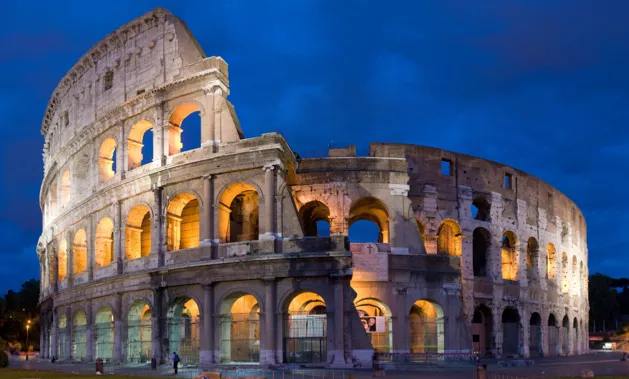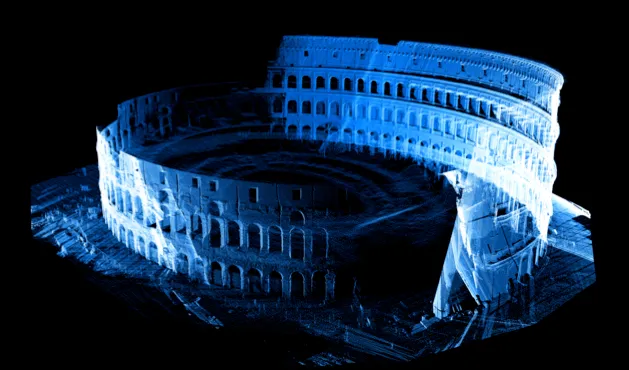How can we learn more about history’s greatest buildings and the methods used to construct them? One way is 3D laser scanning, which captures the ruins in all their glory and recreates virtual replicas. In their new National Geographic programme Time Scanners, structural engineer Steve Burrows, who worked on Beijing’s ‘Bird’s Nest’ Olympic stadium, and presenter Dallas Campbell use this technology to uncover the secrets of ancient sites around the world.
In the third of a series of interviews posted on , Helen Cahill caught up with Steve to find out more about Rome's Colosseum, the largest amphitheatre in the world.

What struck you most when you laser-scanned the Colosseum?
If you look at the Colosseum, it just looks like a series of arches – but I started to think about how people got in and out of the stadium.
I got myself into the mind of a Roman engineer. Let’s say they had 60,000 people, and they wanted them to be able to enter and leave safely. If something happened, they needed everyone to be able to get out safely in an orderly fashion, without a stampede or people being crushed in the stairways.
When we put the Colosseum back to its original grandeur using laser-scanning technology, the thing that stood out was that the staircases were narrower at the top and bigger at the bottom. They effectively created a funnel, so it was wider at the exit, and people could get out in a rush.

People could also enter at different levels. Once inside the Colosseum, you were separated by your ticket price - by your position in society. Some people had to get to the very top, some to the bottom. You went up different staircases and entered through different routes – exactly how we do in modern stadiums.
I think there’s a tendency to believe that people several thousand years ago were not as smart as we are. But when I looked at these buildings – their architecture and design – I realised that these were incredibly intelligent people when it came to engineering.
Follow Science Focus onTwitter,Facebook, Instagramand Flipboard